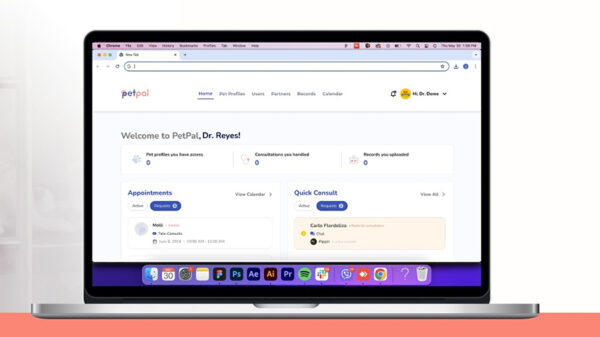Security technology provider Kaspersky Lab has bared strategies that help enterprises mitigate risks against malware, be it in the form of known, unknown and advanced threats.
All enterprises are open to malware attacks and must need a strategy to reduce the risks as these can cause damage like loss of data, intellectual property and other confidential information.
Jimmy Low, Presales Group Manager at Kaspersky Lab South East Asia, said in a press briefing that in taking action against threats, anyone (or any enterprise) who keeps important information must understand that he is capable of being the target of criminals.

Jimmy Low, Presales Group Manager at Kaspersky Lab South East Asia, said in a press briefing that in taking action against threats, anyone (or any enterprise) who keeps important information must understand that he is capable of being the target of criminals.
“Always think that I am the target. Don’t ever think that I have a business. Think that I am the target. It also involves awareness and must depend more in technology,” said Low.
Low also highlighted the importance of awareness or understanding security issues as one of best practices in mitigating threats. Organizations and its employees must be aware of the importance of protecting sensitive information in the workplace.
Mitigation tools
Another strategy is to deploy technology that provides mitigation tools. Kaspersky has developed solutions needed to implement a successful mitigation strategy. These tools, which are designed for large as well as for small and medium enterprises, consist of Application Privilege Control, Systems Watcher, Automatic Exploit Prevention, Endpoint or multi-layered protection, Intrusion Prevention, Web Antivirus, and Small Office Security.
The Kaspersky Small Office Security is the only security solution that is intended for small businesses to protect laptops, desktops, Windows servers and Android phones. This tool is designed for enterprises which has a deployment of five to 25 PCs.
The System Watcher and Application Privilege Control features of Kaspersky solutions monitor and regulate data about activities performed by applications on computers and have this information passed to other components for improved protection.
By monitoring processes in memory, the Automatic Exploit Prevention technology can reduce the risk of infection from widespread malware, or more targeted attacks using exploits even when zero-day vulnerability is used.
The Intrusion Prevention, on the other hand, restricts application activities within the system.
If threats are multi-layered and simple security solutions are not enough to combat them, Kaspersky has multi-layered protection solutions. The company also has tools that can show enterprises were attacked, according to Low.
Low also adds that in order to reduce the risk of threats, it is always safer to buy security solutions directly to software companies or from reputable solutions vendors.
Low further noted that education plays an essential role in improving Kaspersky’s security mitigation to better addressed advanced attacks.
“Education is very important. It’s an ongoing process and it takes more than technology particularly now that there’s lot of discoveries about malware,” said Low.



















































































































